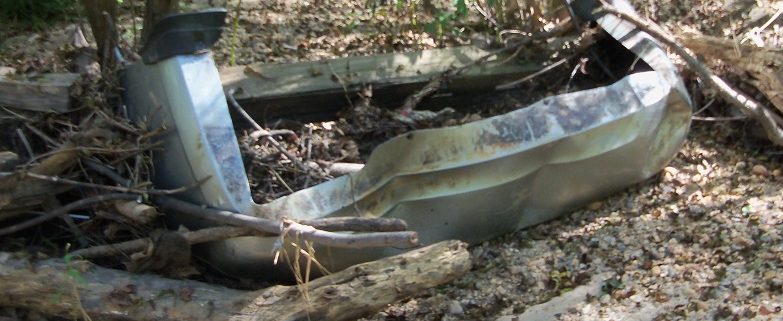Photo by Barbara J. Saffir (c)
Brion’s Grille
10621 Braddock Rd, Fairfax, VA 22032
Saturday, 10 November 2018
Breakfast begins at 8:30 am, $10 at the door, cash preferred
No prior registration required.
Breakfast includes an all-you-can eat hot buffet with fresh fruit and coffee, tea, orange juice or water. If you have any questions, please contact the Northern Virginia Soil and Water Conservation District at conservationdistrict@fairfaxcounty.gov.
Speaker: Nancy Stoner
President of the Potomac Riverkeeper Network
Every day there are groups promoting clean water through advocacy and action. The Potomac Riverkeeper Network is one of them. Established in 2000 by principals of local environmental groups to fulfill a niche for a strong advocate to enforce clean water laws for the Potomac River and its tributaries, Riverkeepers are the eyes and ears of the water, protecting the public’s right to clean water in their rivers and streams. Encompassing the skills of scientists, teachers, law officers, fishermen and paddlers, Riverkeepers combine a profound knowledge of their waterway, matched with a relentless commitment to protecting your rights and the rule of law.
Nancy Stoner joined the Potomac Riverkeeper Network in April 2018 as its new president, succeeding Jeff Kelble. As one of the nation’s most experienced water policy experts, Nancy has a rich and distinguished background in protecting our nation’s water. Nancy most recently served as Water Program Director and Senior Fellow for the Pisces Foundation where she developed the foundation’s strategy to protect freshwater resources in the U.S. using integrated water management (IWM) to maximize the value from water resources for people and nature. She also supervised a $7 million investment annually to implement IWM in urban and agricultural watersheds.
Nancy graduated from the Yale Law School, New Haven, Connecticut, and was awarded a Juris Doctorate in 1986. She was also awarded a Bachelor of Arts with Highest Distinction, Phi Beta Kappa, from the University of Virginia, Charlottesville, Virginia.











